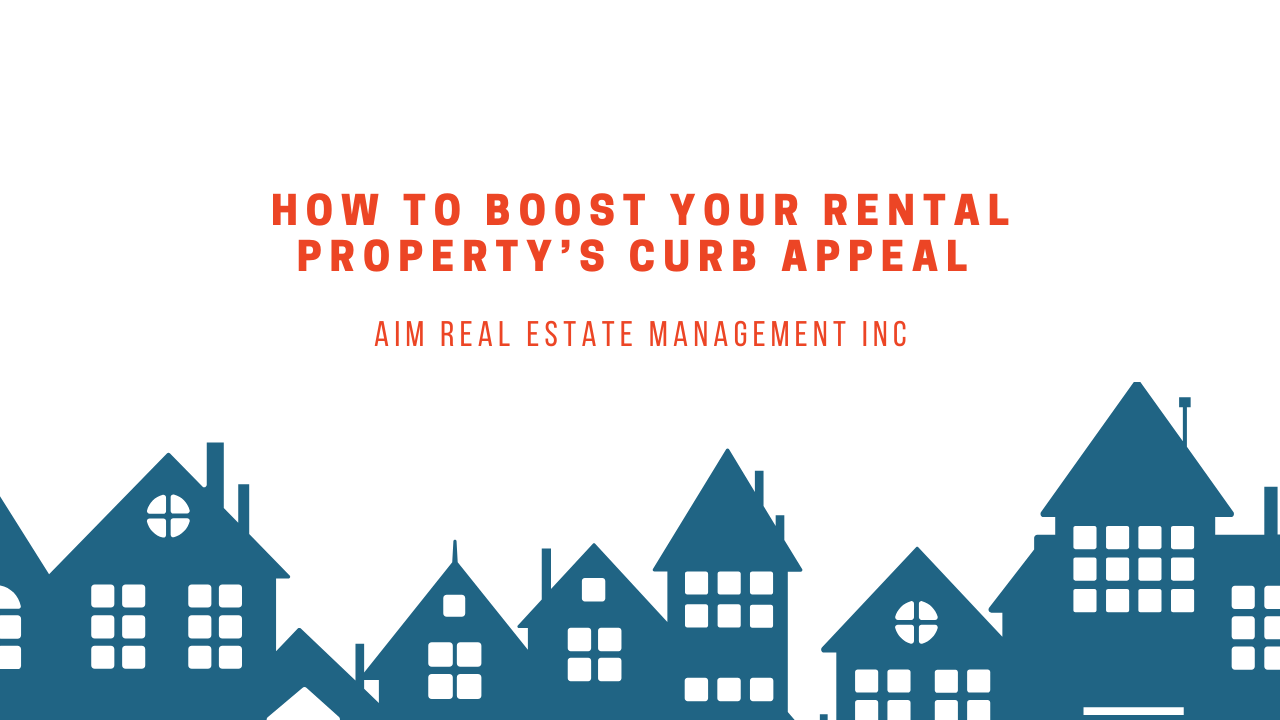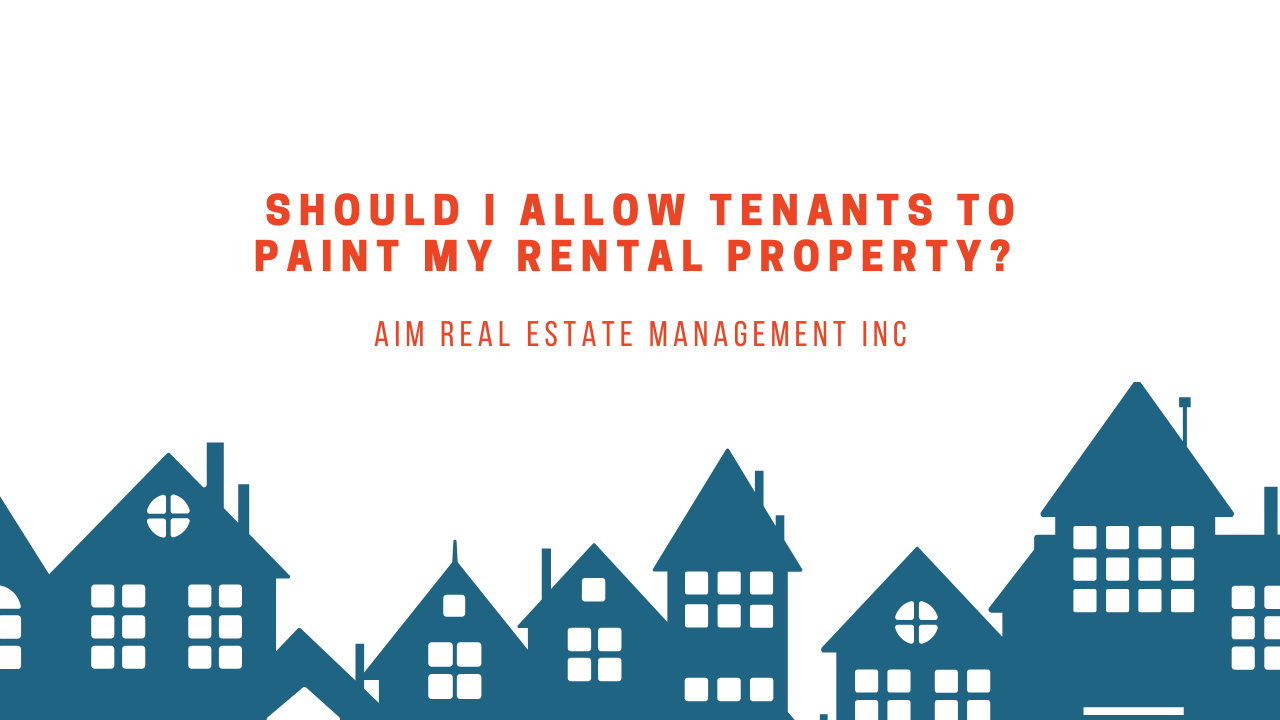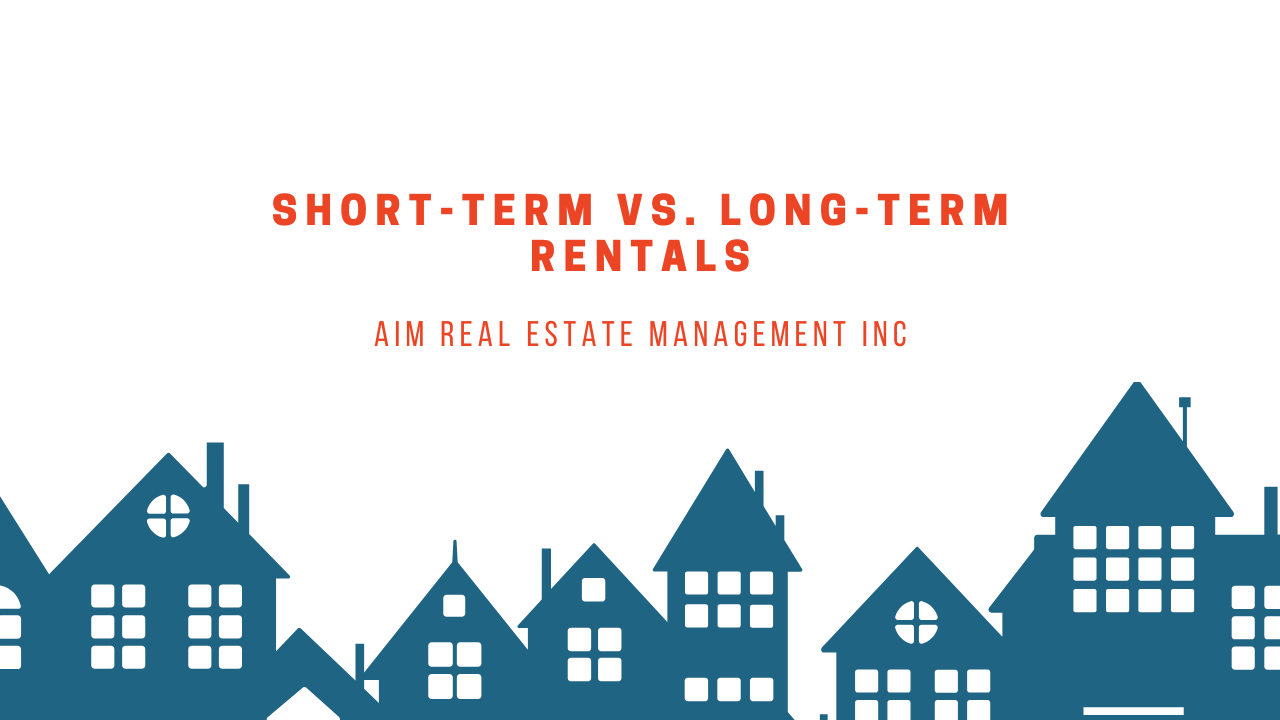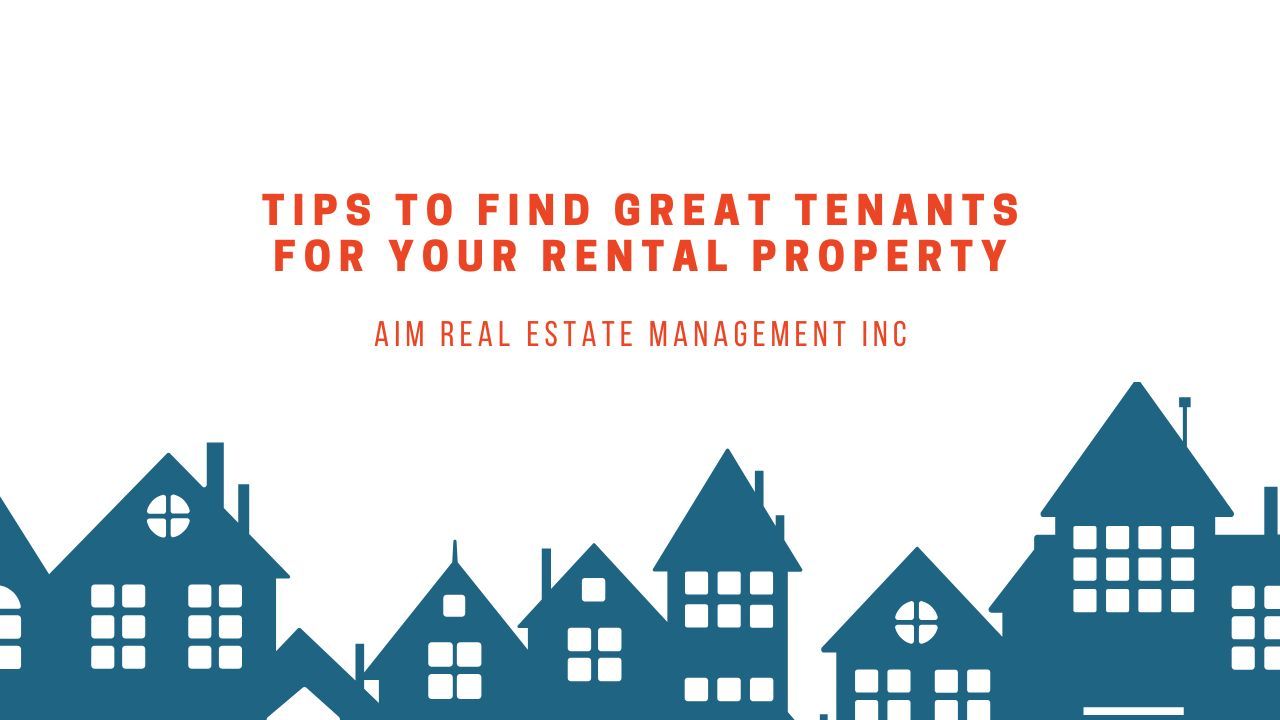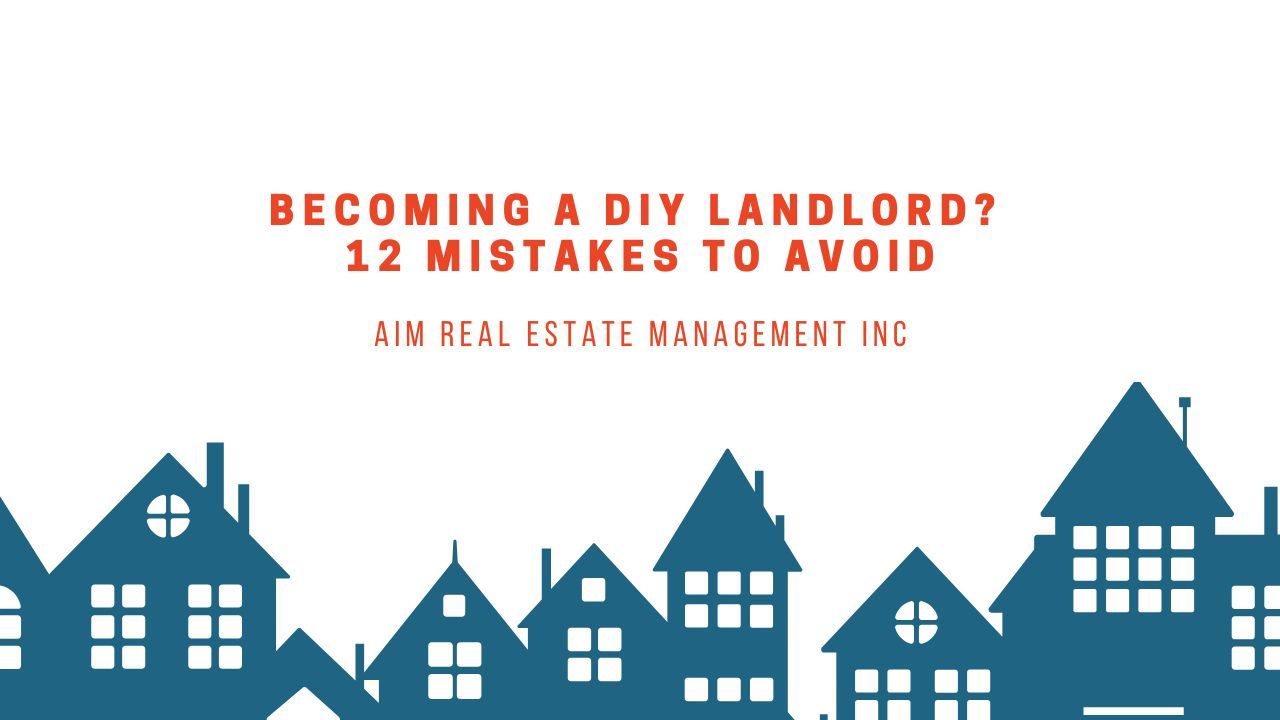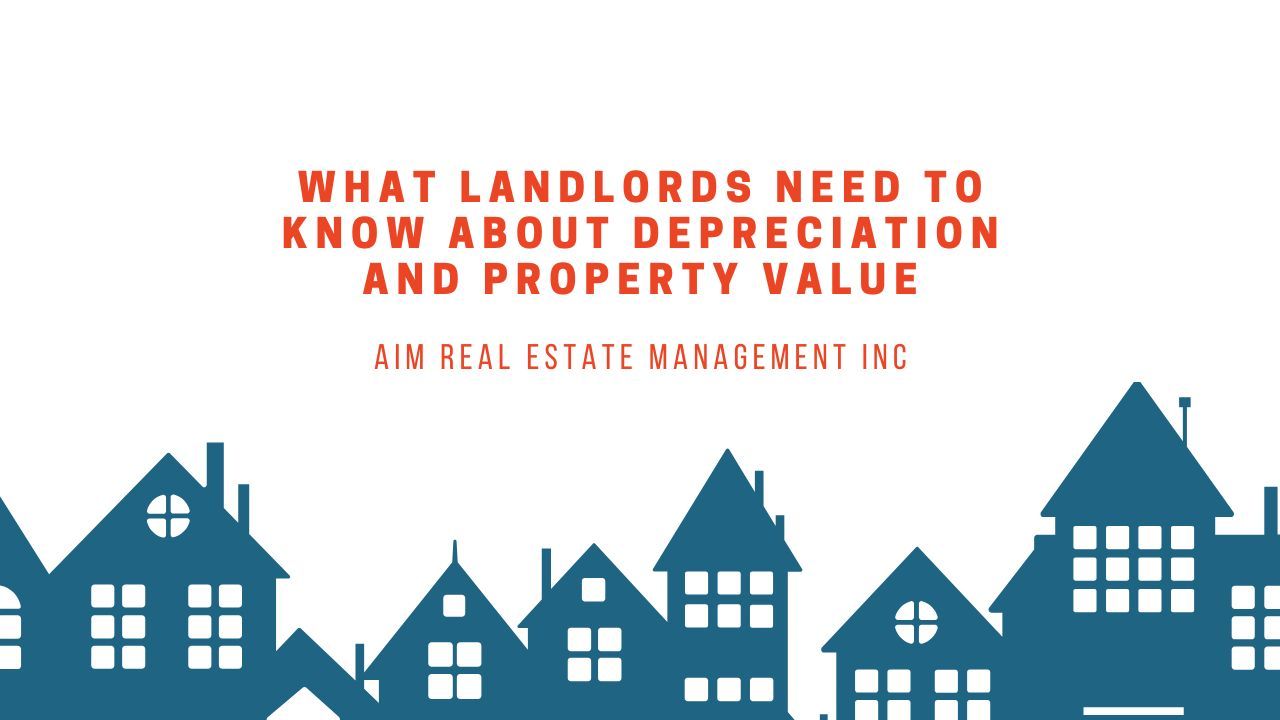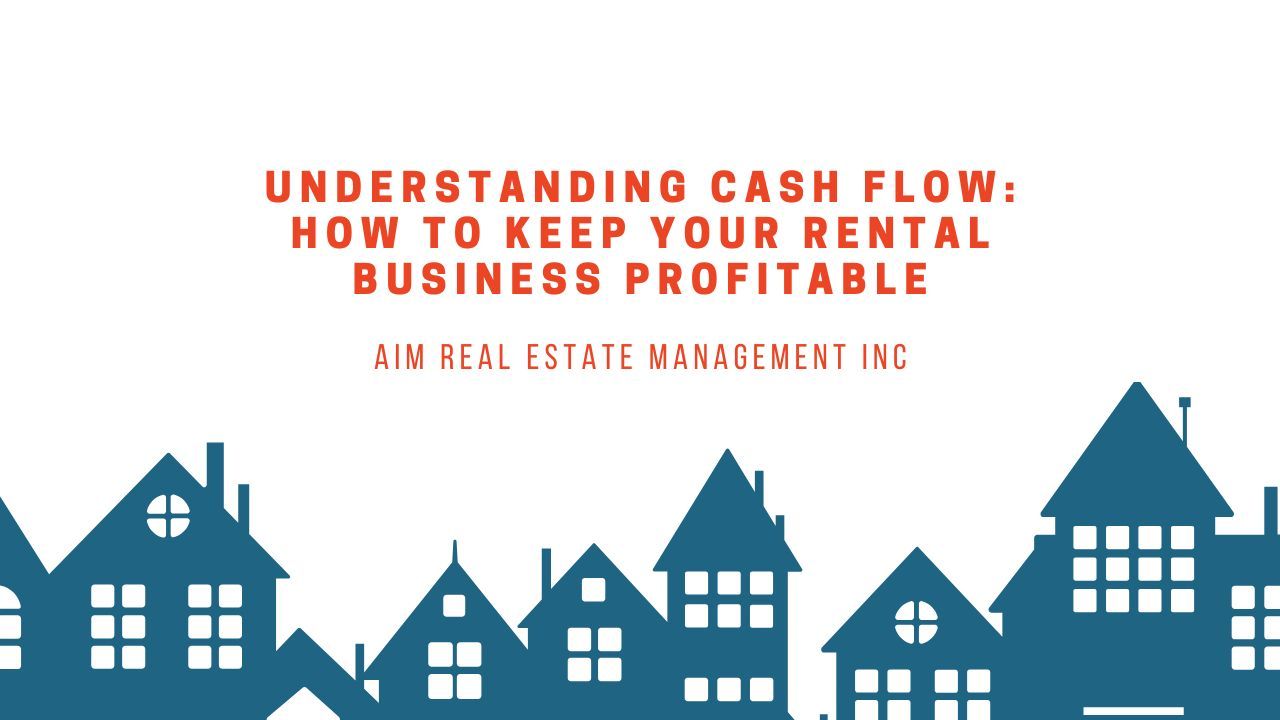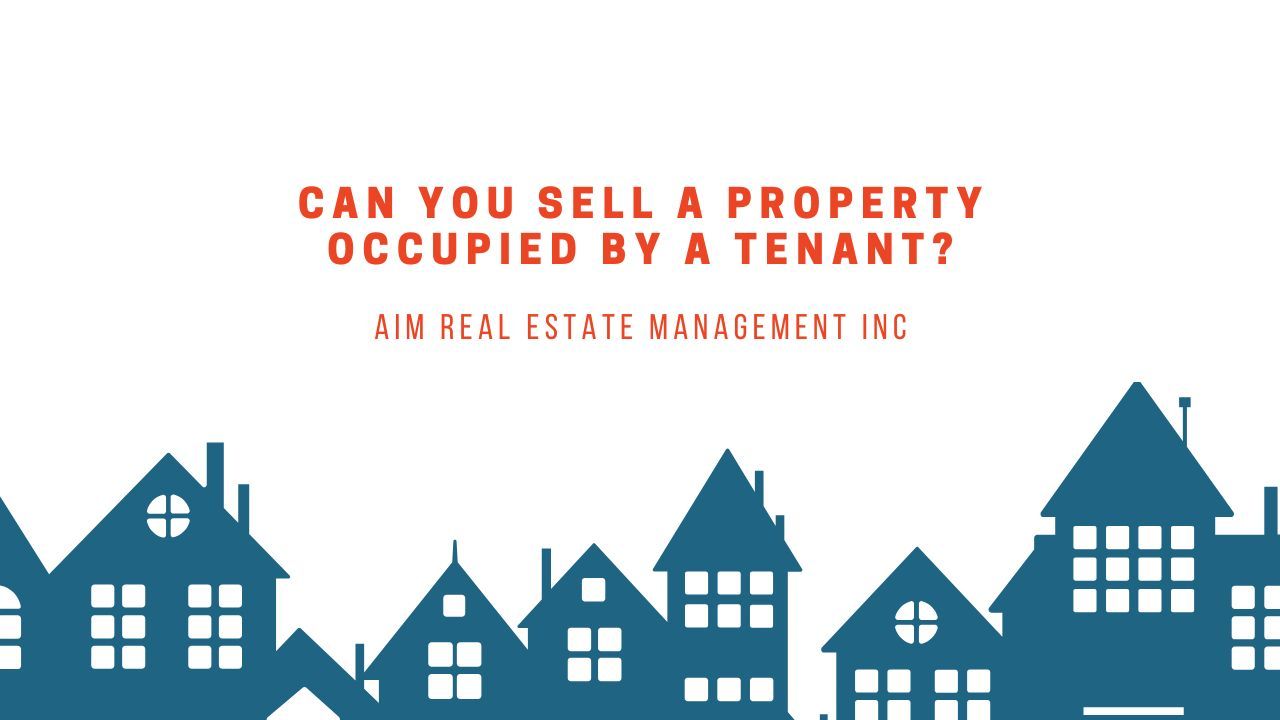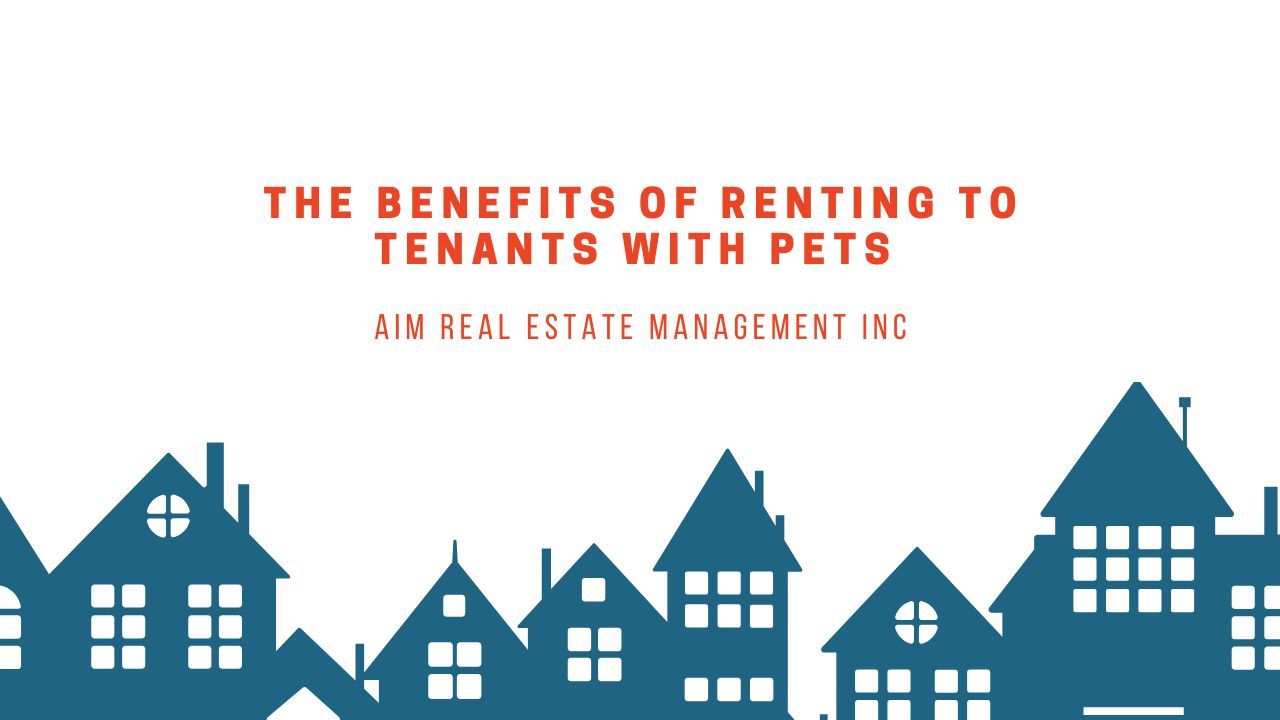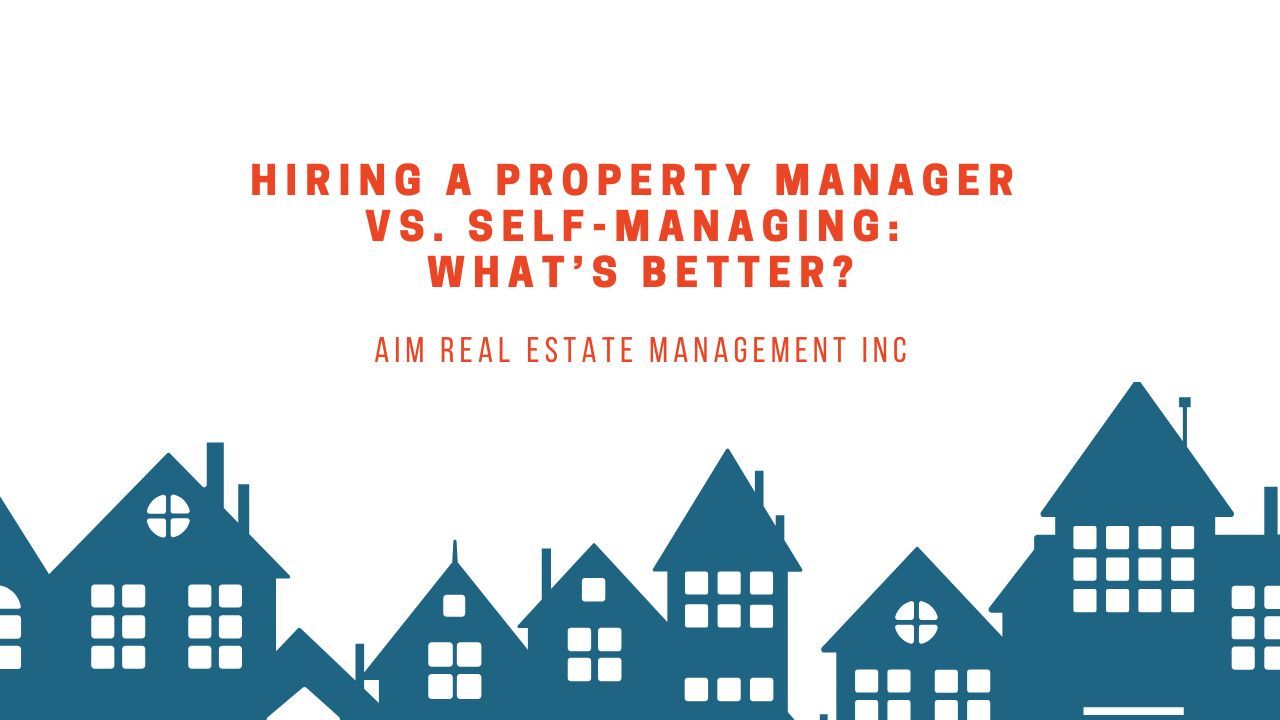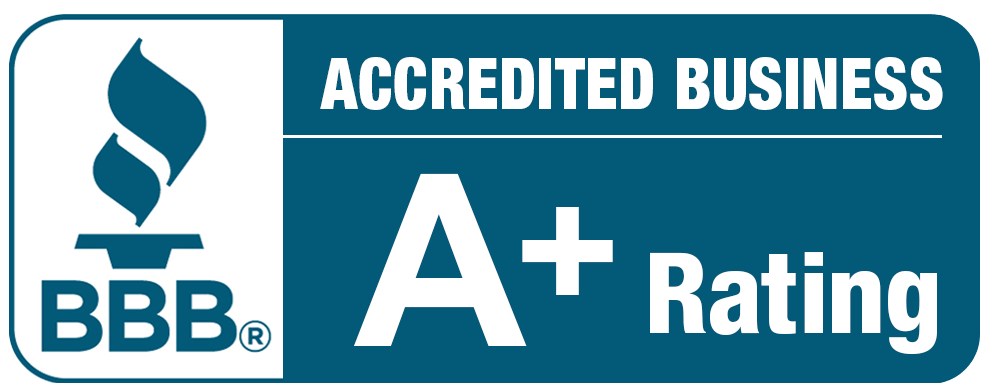Is a Month to Month Lease Better for Landlords?
Key Takeaways
- Month-to-month leases provide flexibility and control: Landlords can more easily adjust terms, raise rent, or terminate agreements with just 30 days' notice, making this lease structure ideal for properties in fluctuating markets or when future plans are uncertain.
- Lack of stability is a major drawback: Without long-term commitments, tenants can leave with little notice, leading to unpredictable rental income and potential gaps in occupancy—posing challenges for landlords who rely on steady cash flow.
- Best suited for adaptable landlords: This lease type is most beneficial for landlords who can manage frequent turnovers, absorb potential vacancies, and need the freedom to make changes to their property without being tied to a long-term contract.
According to a 2023 survey by the National Multifamily Housing Council (NMHC), 32% of landlords reported that tenant turnover was one of their biggest concerns.
While long-term leases provide stability, they often lock landlords into agreements that limit their ability to adjust rent or respond to market changes. In contrast, month-to-month leases offer more flexibility but come with their own set of challenges.
So, is this type of rental agreement always in a landlord’s best interest? Broker-in-Charge Kevin Quat from AIM Real Estate Management breaks it down, offering valuable insights to help real estate investors weigh the pros and cons of this flexible lease structure-and decide if it aligns with their property goals and overall investment strategy.
The Benefits of Month-to-Month Leasing for Landlords
Flexibility for Both Parties
A key benefit of choosing a month-to-month lease is the greater flexibility it provides for managing your rental property. As a landlord, you have the freedom to adjust your rental terms more easily.
If you decide to sell the property, raise the rent, or move back into the unit, a month-to-month lease gives you the ability to make those changes without waiting for a long-term lease to expire. This flexibility is ideal in dynamic rental markets or when your long-term plans for the property are uncertain.
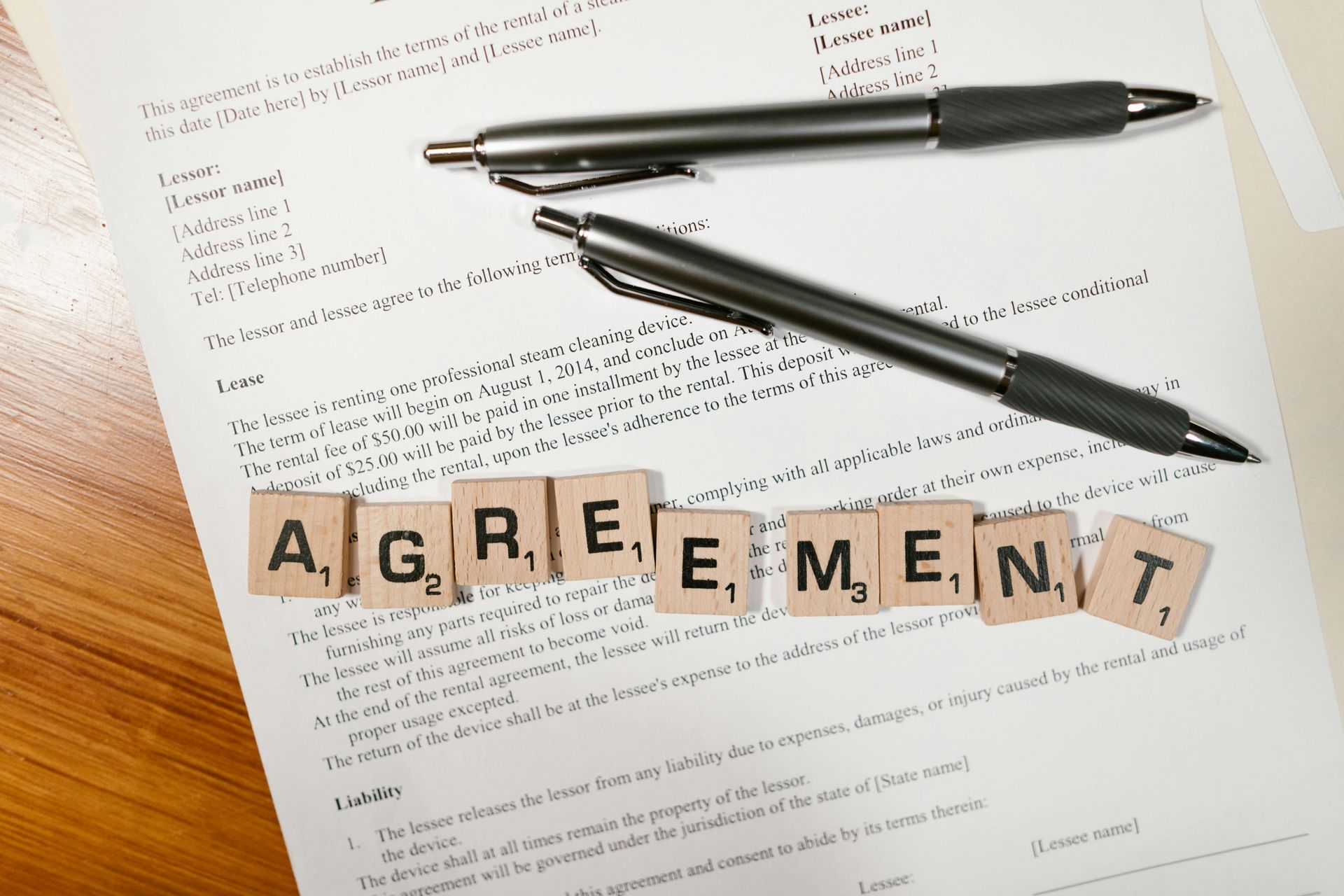
Simplified Termination Process
A major benefit of month-to-month leases is the simplified termination process. As a landlord, you don't have to wait for a fixed lease term to end if you want to make changes to the tenancy. With just 30 days' notice, you can end the lease agreement and request that the tenant vacate the property.
This makes it easier to deal with problematic tenants who may be violating the lease terms or failing to meet rent obligations. If a tenant is consistently late with rent or causing damage to the property, you don’t need to wait for a long lease term to finish. You can resolve the situation more quickly and find a new tenant.
Opportunities to Adjust Terms
This type of lease also allows landlords to revise rental terms more often, making it easier to respond to changes in the market or property needs. If the rental market shifts and you need to increase rent, a month-to-month lease makes this easier to implement. You don't have to wait for the end of a year-long lease to raise rent prices or update other terms of the agreement.
This flexibility can be particularly useful in areas with high demand and rising property values. A month-to-month lease allows you to keep rental rates in line with current market conditions, ensuring that your rental property continues to be a profitable investment.

The Drawbacks of Month-to-Month Agreements
Lack of Long-Term Security
One of the biggest drawbacks of a month-to-month lease is the lack of long-term security. Since the lease automatically renews every month, tenants have the option to leave with only 30 days' notice. This makes it harder to predict your rental income over time. If a tenant decides to move out unexpectedly, you may find yourself scrambling to
fill the vacancy.
For landlords who rely on consistent income to cover mortgage payments and other expenses, the uncertainty of frequent turnover can be a significant challenge. Vacancies can lead to periods without rental income, and the process of finding new tenants, along with the associated costs of advertising and screening, can be time-consuming.
Potential for Frequent Rent Changes
While having the option to raise rent is an advantage, frequent rent changes may not always be well received by tenants. If rent increases too often or by too large an amount, tenants may choose to leave. This can increase turnover rates and further contribute to vacancy periods.
Uncertain Income for Landlords
With tenants able to leave on short notice, month-to-month leases can lead to unpredictable cash flow. You may experience several months of steady rental income, only to face a sudden vacancy when a tenant decides to move out. This can be particularly problematic if you don’t have a contingency plan or financial buffer in place.
When is a Month-to-Month Lease a Good Fit?
A month-to-month lease is a good option for landlords who need flexibility, such as when planning to sell the property, require it for
personal use, or are uncertain about the long-term direction of their investment. This flexible agreement allows landlords to adapt to changing circumstances without being locked into a fixed lease term.

Key Considerations Before Signing
Before you offer a month-to-month lease to a tenant, make sure you understand local and state laws governing rental agreements. It’s important to stay compliant with these laws to avoid legal complications.
Additionally, consider whether your property can handle frequent turnover. If you can afford periods without tenants or if you have the resources to quickly find new renters, a month-to-month lease might be a good fit. However, if you rely on steady income, you may want to weigh the benefits and drawbacks carefully.
Bottom Line
To summarize, a month-to-month lease offers landlords a lot of control and adaptability but also introduces uncertainty in terms of tenant stability and income. If your property’s rental market is volatile or your plans for the property are in flux, this lease type might be a great fit.
AIM Real Estate Management can help you navigate the decision-making process and manage your rental property efficiently. Whether you’re considering a month-to-month lease or need assistance with long-term property management, our team is here to support you every step of the way. Contact AIM Real Estate Management today!
